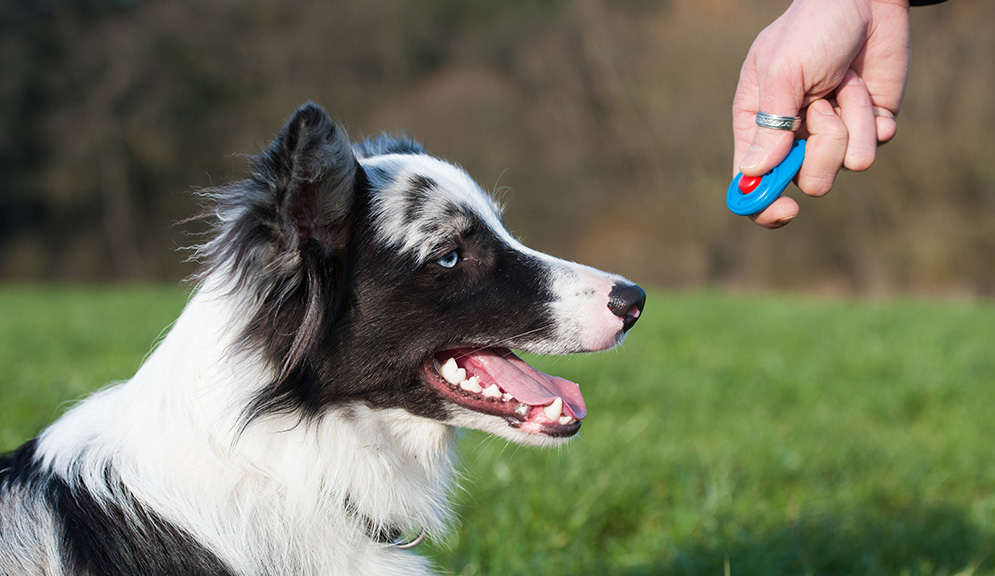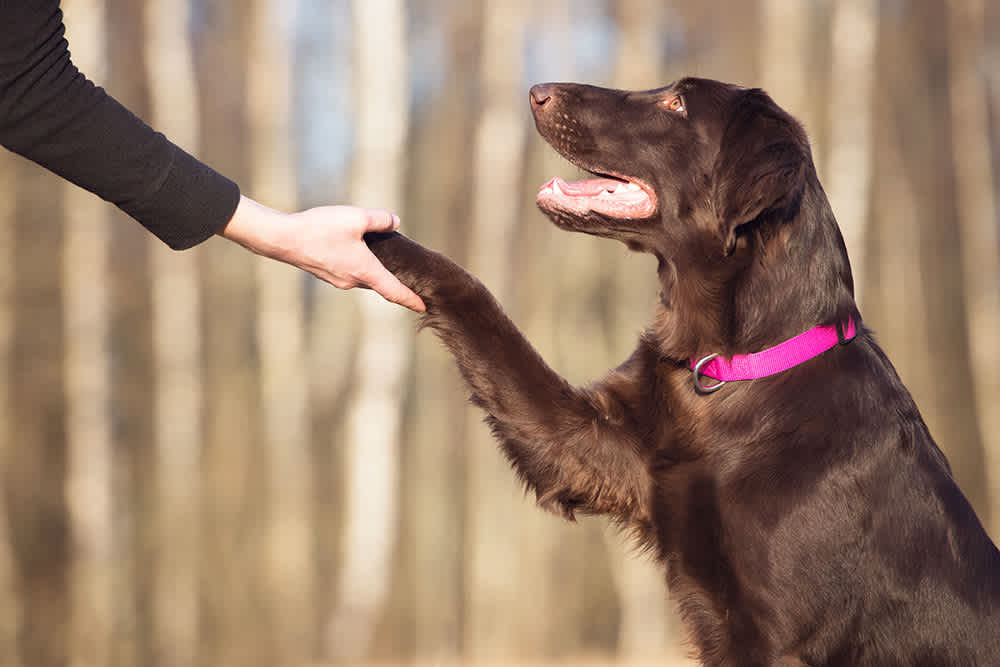Novice's Guide to Effective Pet Training in the house
Effectively educating a canine at home requires a nuanced understanding of canine actions and effective communication methods. Establishing clear training objectives, making use of high-quality incentives, and preserving consistency throughout household members are essential aspects. Integrating training right into everyday routines can improve both involvement and retention. However, several beginner trainers encounter challenges that may prevent progress. To navigate these intricacies efficiently, it's important to explore a number of essential facets that can transform your approach and result in a harmonious relationship with your pet. What fundamental concepts should every beginner understanding to make certain success?
Recognizing Canine Habits
Understanding pet dog behavior is crucial for efficient training and fostering a harmonious partnership in between humans and their canine friends - Puppy Training. Pet dogs interact largely through body language, articulations, and facial expressions, making it important for owners to analyze these signals properly. Acknowledging behaviors such as tail wagging, grumbling, or cring can offer insights into a canine's emotion and purposes
Furthermore, understanding the natural impulses of pets, such as their pack way of thinking, helps owners develop leadership duties within the house. This is important for producing a structured atmosphere where canines feel safe and are much more responsive to training. Canines are likewise affected by their socialization experiences; very early exposure to different settings, people, and various other pets can dramatically shape their actions later on in life.
Common behavioral concerns, such as hostility, anxiousness, or extreme barking, typically stem from misunderstandings or unmet needs. Observing and dealing with these concerns promptly can protect against acceleration and guarantee a positive training experience. By promoting a deep understanding of dog habits, owners can tailor their training methods to match their canine companions, eventually leading to a pleased and mannerly pet.

Essential Training Devices
A fully equipped training area can dramatically boost the effectiveness of pet dog training in your home. Crucial training devices make certain that both the trainer and the dog can involve in productive sessions that cultivate learning and bonding.

Spending in a tough chain and a comfy, well-fitting collar or harness is essential for security and control. These devices assist establish borders and make sure the pet dog continues to be safe and secure during training. In addition, a marked training area, without diversions, aids concentration for both the trainer and the pet dog.
Training help such as training pads, cones, or dexterity devices can additionally boost the experience by introducing variety and obstacles. Last but not least, having a notebook or digital app for tracking progression can be very useful, allowing you to keep in mind successes and areas for renovation. Using these essential tools will produce a positive training environment and lay the structure for reliable knowing.
Producing an Educating Regimen
Establishing a regular training regimen is important for efficient pet dog training in the house. A well-structured routine not only helps in strengthening desired actions but likewise gives your pet with a complacency and predictability. To create a reliable training routine, start by recognizing details training goals, such as fundamental commands, chain strolling, or house-training.
Choose a designated time every day for training sessions, ideally when your pet dog is responsive and alert. Sessions needs to be short, approximately 5 to 15 minutes, to keep focus and protect against tiredness. Uniformity in timing and environment will boost your dog's knowing experience.
Integrate training right into day-to-day tasks to reinforce skills. Method commands during strolls or mealtime, which incorporates learning right into natural routines. Additionally, stay flexible and readjust the routine as needed, fitting your canine's power levels and state of mind.
Favorable Reinforcement Methods

When applying favorable support, it is crucial to pick benefits that are encouraging for your pet dog. High-value deals with, such as little pieces of poultry or cheese, can be particularly reliable during training sessions. In addition, varying the benefits can keep your canine's interest and enthusiasm.
Begin with straightforward commands, like "sit" or "remain," and gradually progress to a lot more complicated tasks. Consistency is crucial; make certain that all relative use the very same commands and reward systems to prevent complication.
Furthermore, it is crucial to remain client and prevent frustration. Pet dogs, like humans, discover at their very own pace. By link promoting a helpful training environment through favorable support, you can improve your pet's learning experience while enhancing the bond between you and your fuzzy friend, preparing for effective training end results.
Typical Educating Obstacles
While educating a pet dog at home can be a satisfying experience, it usually features a collection of typical obstacles that can check both persistence and consistency. One common problem is diversion. Canines may end up being quickly sidetracked by noises, motions, or also scents in their setting, making it hard to maintain their focus during training sessions.
One more difficulty is incongruity in commands and reinforcement. If household members make use of different cues or rewards, it can perplex the canine and prevent development. Establishing a unified method is vital for effective interaction.
Furthermore, canines can experience disappointment or stress, specifically if they do not understand what is expected of them. This can bring about unfavorable actions, such as barking or eating.
Ultimately, the timing of reinforcement is vital. Postponed benefits can reduce the effectiveness of positive support, as dogs might fail to attach the habits with the benefit.
Conquering these difficulties requires commitment, clear interaction, and an organized training plan - Puppy Training. Identifying and addressing these usual barriers will lead the way for an extra successful and delightful training experience in the house
Verdict
To conclude, successful dog training at home demands a comprehensive understanding of canine actions and efficient communication strategies. By establishing clear training goals and making use of top notch treats alongside positive support, the training procedure ends up being extra gratifying for both the fitness instructor and the dog. Adaptability, persistence, and consistency are necessary parts that promote learning. Eventually, recommended you read integrating training right into everyday regimens boosts the bond between pet and proprietor, making the experience both satisfying and productive.
Developing a consistent training regimen is important for effective dog training at home.Positive support strategies are fundamental to reliable canine training, promoting wanted behaviors with benefits rather than penalty. By promoting a helpful training environment through positive reinforcement, you can boost your pet dog's discovering experience while enhancing the bond in between you and your hairy buddy, laying the groundwork for effective training results.
In verdict, effective dog training at home requires an extensive understanding of canine behavior and efficient communication approaches. By establishing clear training objectives and using top notch deals with together with positive support, the training procedure comes to be a lot more fulfilling for both the trainer and the dog.